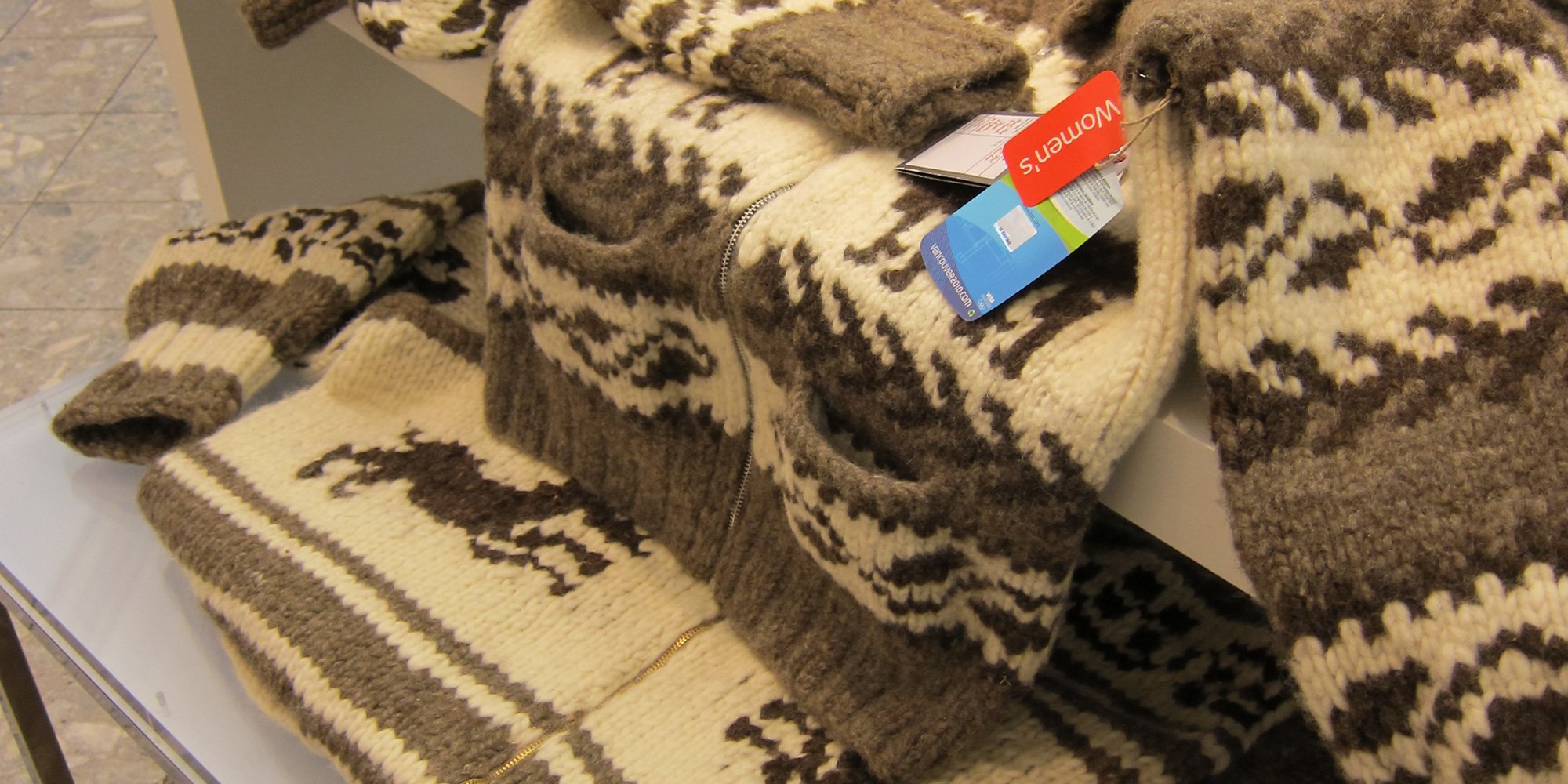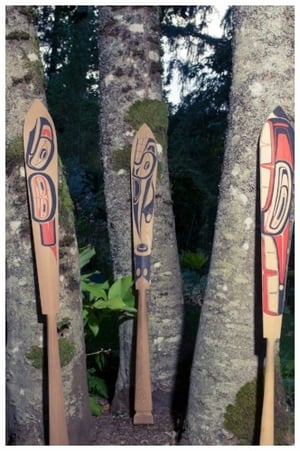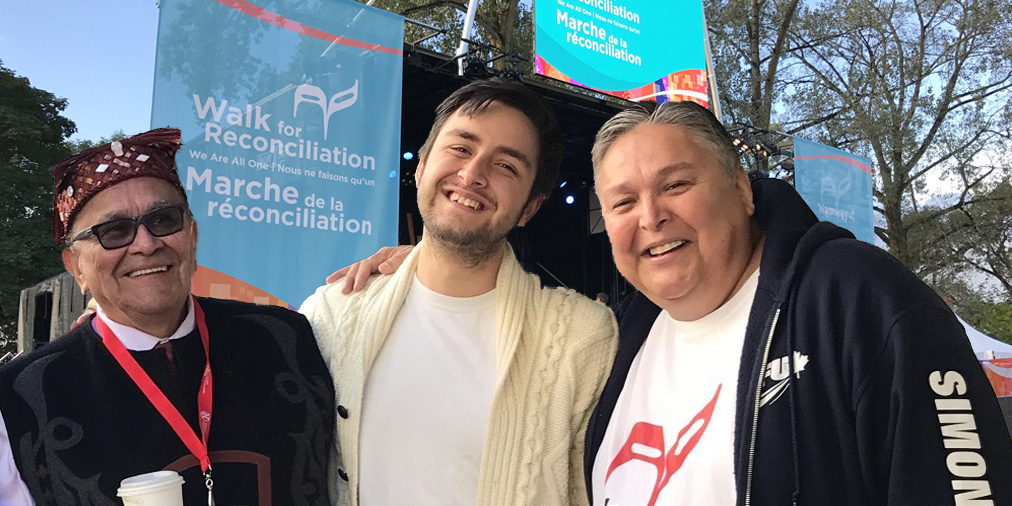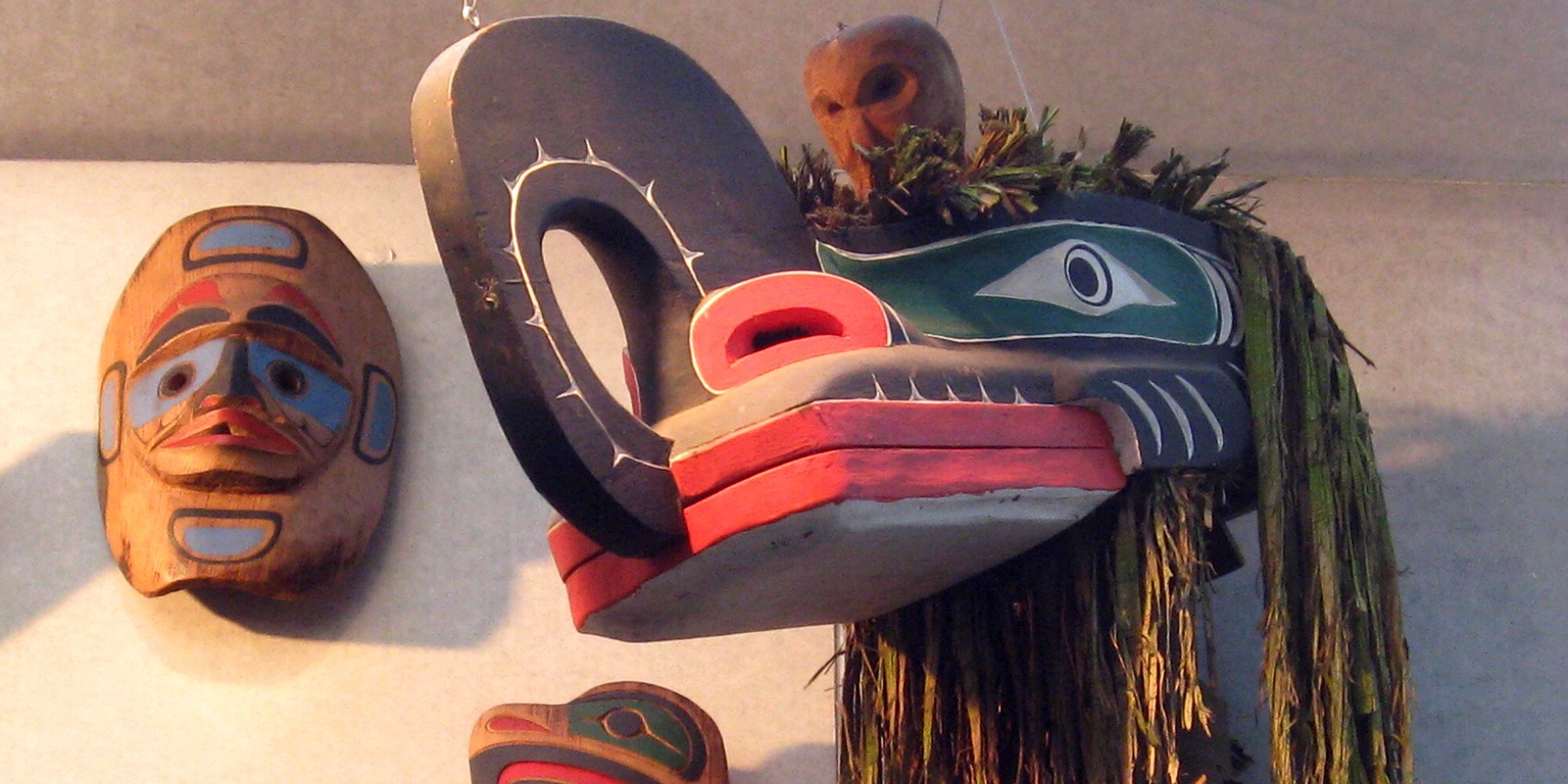Hereditary Chief Definition and 5 FAQs
The great aim of our legislation has been to do away with the tribal system and assimilate the Indian people in all respects with the other...

In Why Buying Authentic Indigenous Art is Important I talked about the cultural and economic impact knock-off art has on Indigenous artists and communities. In this article, I share an example of a non-Indigenous retailer profiting from “inspired’ works of a small Indigenous community and include some tips for buying authentic Indigenous art at the end of the article.
 In the lead-up to the 2010 Olympic Games in Vancouver, the Organizing Committee (VANOC) developed the Vancouver 2010 Aboriginal Licensing and Merchandising program (a first for Olympic Games). The Four Host First Nations (FHFN) and VANOC created an official licensed merchandising program that would, among other goals, ensure that licensed vendors were selling authentic Indigenous products.* However, outside of that licensing program, there was no control over what was sold or where it was made.
In the lead-up to the 2010 Olympic Games in Vancouver, the Organizing Committee (VANOC) developed the Vancouver 2010 Aboriginal Licensing and Merchandising program (a first for Olympic Games). The Four Host First Nations (FHFN) and VANOC created an official licensed merchandising program that would, among other goals, ensure that licensed vendors were selling authentic Indigenous products.* However, outside of that licensing program, there was no control over what was sold or where it was made.
A retailer wanted to sell Cowichan sweaters, presumably in order to capitalize on the market potential of the Olympic Games. The retailer negotiated an agreement with the Cowichan Tribes on Vancouver Island but the agreement hit a major snag when the retailer realized how long it would take to knit an authentic sweater (up to 75 hours per sweater). The timeline did not come close to accommodating the time required to knit the volume of garments required. The Games were in 2010 and the contract for the sweaters was discussed in 2009. Given this challenge, the retailer chose to go with a sweater ‘inspired’ by the Cowichan pattern, found a BC manufacturer, and produced the volume required.
The Cowichan Tribes threatened to line up along the Olympic torch relay wearing their sweaters and toques. In a move to divert the negative media that was threatening to erupt, the retailer negotiated an agreement with the Cowichan Tribes allowing the knitters to sell their sweaters at the First Nations Pavilion, and at the retailer’s Vancouver store. In the end, the controversy did benefit the Cowichan as the knitters received an influx of orders, but, as far as we can determine, the Cowichan Tribes were not part of a profit-sharing agreement on the hundreds of sweaters that were ‘inspired’ by the Cowichan designs.
The retailer in the example above obviously had no idea how long it took to knit a Cowichan sweater, or how many knitters were available in the community to fill the order. It was a great idea but not without challenges. Had the retailer known more about Cowichan sweaters and the community then the story could have had a different ending. It highlights how important pre-engagement research is when planning/hoping to work with an Indigenous community.
Here are some basic tips for those who are interested in purchasing Indigenous art:
For those who want to learn more about protocol and Indigenous Peoples in Canada, we recommend our foundational course, Working Effectively With Indigenous Peoples®.
* There were concerns from the Indigenous art community that not all the items sold were authentic.
Featured photo: Mike W., Flickr

The great aim of our legislation has been to do away with the tribal system and assimilate the Indian people in all respects with the other...

Anishinaabe, Métis, Coastal Salish, Cree, Cherokee. We have nothing much in common. We’re all aboriginal and we have the drum. That’s about it. ...

Destabilizing Indigenous health The enjoyment of the highest attainable standard of health is one of the fundamental rights of every human being...